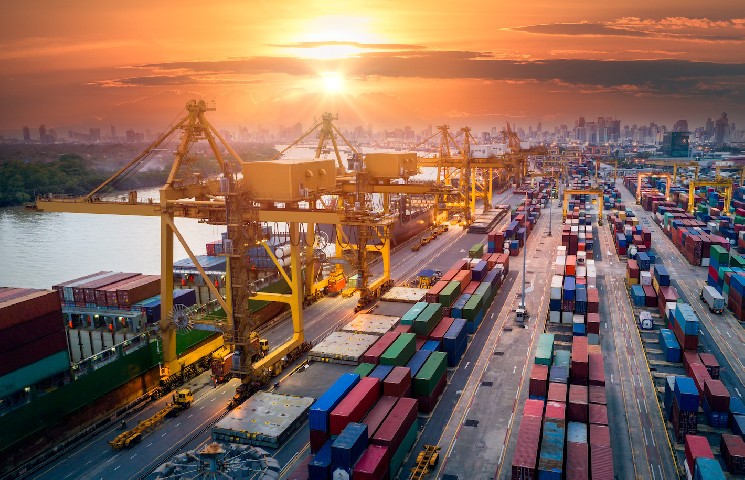EY Has Built an Ethereum-Based Product to Help Firms Hit Carbon Accounting Goals

EY, one of the world’s four largest consulting and accounting firms, has built an Ethereum-based system to help big businesses manage their carbon footprints and satisfy environmental, social and governance (ESG) mandates.
The carbon tracking prototype, which builds on the firm’s existing supply chain traceability product suite, is known internally as “Ops-chain ESG,” said EY global blockchain leader Paul Brody.
Many first wave enterprise blockchain projects worked within the constraints of closed-by-design shared ledgers, situations where it might make more sense to simply run a web server. The EY blockchain team, in contrast, has remained focused on how business users can leverage Ethereum, the public blockchain that allows content-rich applications to run on it.
In fact, the data privacy concerns that have hobbled many applications of enterprise blockchain, largely melt away when it comes to transparent carbon emission tracking and accounting, hence an explosion in interest from EY clients for the new product, Brody said in an interview.
“When it comes to tracking carbon outputs, companies want to show that they’re both properly tracking their carbon and properly offsetting it,” Brody said. “They’re very comfortable letting the whole world know that they are taking into account their full carbon footprint, so we’ve made a lot of progress.”
The challenge met by a tokenized approach is the need to get granular data for determining the carbon footprint of the many component parts of, say, a packet of medicine or a TV set or a mobile phone, said Brody.
Using the example of a phone, the various parts such as the display, battery, SIM card and CPU each have their own carbon footprint. Then there’s the additional carbon footprint associated with transporting the parts, assembling them and marketing the product.
“Blockchain tokens that represent a CPU made in Taiwan, for example, and a display from Japan can transcend boundaries allowing a sum of all the carbon footprint data and carbon offsets to be calculated including the footprint when the parts are married together,” said Brody. “It’s a really powerful tool because almost nothing that gets to your border these days is made entirely by one company, everything is an amalgamation of other companies.”






 Bitcoin
Bitcoin  Ethereum
Ethereum  Tether
Tether  USDC
USDC  Dogecoin
Dogecoin  TRON
TRON  Cardano
Cardano  Chainlink
Chainlink  Stellar
Stellar  Bitcoin Cash
Bitcoin Cash  Hedera
Hedera  Litecoin
Litecoin  LEO Token
LEO Token  OKB
OKB  Cronos
Cronos  Monero
Monero  Dai
Dai  Ethereum Classic
Ethereum Classic  Algorand
Algorand  VeChain
VeChain  Cosmos Hub
Cosmos Hub  Gate
Gate  KuCoin
KuCoin  Stacks
Stacks  Tether Gold
Tether Gold  Tezos
Tezos  Theta Network
Theta Network  IOTA
IOTA  Zcash
Zcash  TrueUSD
TrueUSD  NEO
NEO  Polygon
Polygon  Decred
Decred  Dash
Dash  Synthetix Network
Synthetix Network  Basic Attention
Basic Attention  Zilliqa
Zilliqa  Qtum
Qtum  0x Protocol
0x Protocol  Ravencoin
Ravencoin  Siacoin
Siacoin  Holo
Holo  DigiByte
DigiByte  Enjin Coin
Enjin Coin  Nano
Nano  Ontology
Ontology  Waves
Waves  Status
Status  Hive
Hive  Lisk
Lisk  Numeraire
Numeraire  Steem
Steem  Pax Dollar
Pax Dollar  BUSD
BUSD  Huobi
Huobi  OMG Network
OMG Network  NEM
NEM  Ren
Ren  Augur
Augur  Bitcoin Gold
Bitcoin Gold  Bitcoin Diamond
Bitcoin Diamond